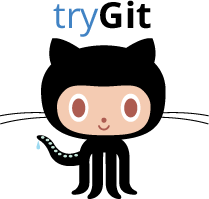From the Deis Overview page:
Deis (pronounced DAY-iss) is an open source PaaS that makes it easy to deploy and manage applications on your own servers. Deis builds upon Docker and CoreOS to provide a lightweight PaaS with a Heroku-inspired workflow.
Deis can deploy any application or service that can run inside a Docker container. In order to be scaled horizontally, applications must follow Heroku’s 12-factor methodology and store state in external backing services.
Deis can deploy any language or framework using a Dockerfile. If you don’t have a Dockerfile, Deis includes Heroku buildpacks for Ruby, Python, Node.js, Java, Clojure, Scala, Play, PHP, Perl, Dart and Go.
Deis can be deployed on any system that supports CoreOS including your workstation, as well as most public clouds, private clouds and bare metal.













